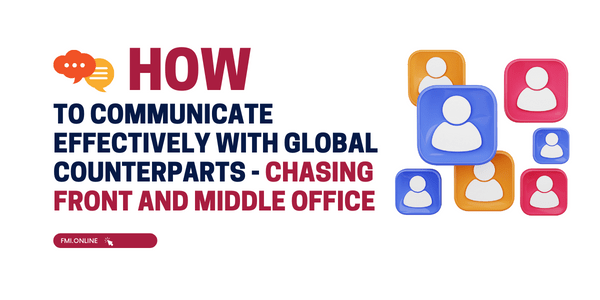If you’re an aspiring investment banker, one of the major areas you work in can be mergers and acquisitions. This is the process of companies being consolidated either through merging or one company acquiring the other. Investment bankers, in M&As, assist with crucial aspects -— valuing the companies, analysing the financial health of the firms involved, valuing assets, raising tender offers and so on.
You may also be asked about the various steps of M&As during investment banking interviews. So, here are all the stages of this process:
1. Develop a Strategy
The first and most critical step during M&As is developing a strategy: what’s the motive behind the consolidation? What type of transaction should it be? Here are some more questions to consider when crafting the strategy for an M&A deal:
- What’s the purpose of the transaction?
- How to identify potential companies?
- Will it be a merger or an acquisition?
- How will the company acquire financing for the transaction?
- What does the end operating model look like?
- Which entities are involved?
2. Identify the Target and its Background
Next, the legal and financial teams will need to identify potential target companies after a thorough evaluation. Many firms typically rope in investment banks to carry out this step and pitch a list of target companies.
It may be further broken down into the following steps:
a) Determine all the constituent players. In the case of a general M&A transaction, you need to identify the target. In a three-way merger, however, you will need to narrow down the target and subsidiary.
b) Conduct a background check on all entities. You’ll need to know in-depth about the companies’ backgrounds, industries, branches, legal status etc.
3. Exchange Information
Immediately after all the involved companies have expressed an interest in pursuing the transaction, they must begin the exchange of documentation. It starts off with a Letter of Intent to put on paper the interest in carrying out the process.
A confidentiality agreement is also typically signed to ensure the sanctity of information on all ends. Then begins the exchange of key information such as company history, customer base, and financials. This allows each company to evaluate the other thoroughly and assess the benefits of the deal for their respective investors.
4. Conduct a Valuation Analysis
This step involves both the financial and legal teams. While the former conducts elaborate financial modelling, the latter’s job is to ensure the authenticity of the information shared, any pending cases against the company, and compliance with jurisdiction requirements.
Any red flags spotted here can be potential deal-breakers for either side. Note, that this is the analysis before the actual valuation models are presented.
5. Offer and Negotiate
After a detailed valuation analysis, the buyer submits an offer to the shareholders of the target. The price can be decided based on a number of valuation methods. Here is an article on how a company can be valued.
The seller will then discuss and assess the offer with the respective teams. In some cases, there might be more than one potential buyer if the target is an attractive one. This allows more negotiation power for the seller. This process can be time-consuming as a fair amount of back and forth is required on the price.
6. Perform Due Diligence
After a price is agreed upon, both internal and external sources are involved to complete a comprehensive due diligence process. This includes a close examination of the target company. Due diligence tasks are usually focused on evaluating:
- Assets
- Operations (including its employees, customers, intellectual property, and financial records)
- Legal matters
- Filings: Formation of any shell/holding companies, an entity’s registration jurisdictions after incorporation.
Other documents that are carefully examined include charter documents, records of good standing, credit reports and so on.
7. Close the Deal
After the due diligence, all involved parties move forward to execute the M&A transaction. All paperwork pertaining to the merger or acquisition must be filed by this stage. After the deal’s closure, the management teams of both companies come together and carry out the integration. Investment bankers can also be closely involved in executing and closing each aspect of the M&A deal.
8. Integration of the Merged Firm
Successful integration of the merged firms would involve bringing together the required teams and resources seamlessly. This must be prepared for in advance and carried out smoothly to ensure minimum friction and concern among employees. Special resources are often called upon to carry out the actual integration of the firms.
9. Post-Merger Integration
It will take a considerable amount of time for merged entities to adjust to the transformation and start conducting business as per before. Any employee concerns must be managed well and patiently. This process, which is skipped by many companies, is quintessential to the M&A process. While it may be tedious, omitting the post-merger integration can lead to short and long-term risks for all entities.
Conclusion
In the business world, mergers and acquisitions are a common occurrence. As you read this article, one of the world’s largest M&A deal valued at $44 billion is unfolding between Tesla CEO Elon Musk and Twitter. Hence, if you plan on working in the finance or IB domains, it’s highly useful to acquire a basic understanding of the M&A process as well as what your role could potentially be in it. To dive deeper into the workings of merger and acquisitions, you can take this free Investment Banking course.










 60+ hours
60+ hours 9 courses
9 courses



